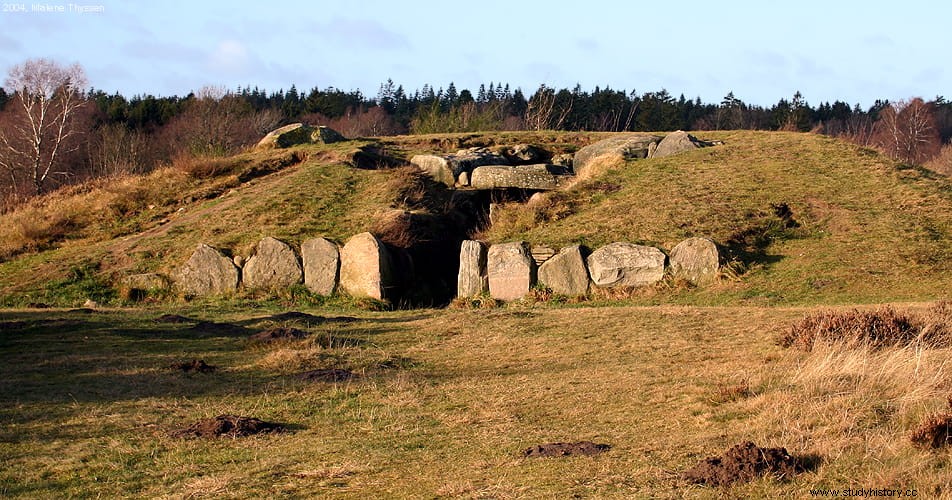The passage tombs are funerary chambers that are accessed by a narrow passage of stones or megaliths arranged as an entrance. They date from the Neolithic era and examples exist throughout Europe, from Portugal to Scandinavia, and even in North Africa.
In Spain they are especially abundant in Cantabria, Galicia and the Basque Country. A new theory suggests that in addition to funerary monuments, they could also serve as astronomical observatories .
According to New Scientist reports, the theory was presented in 2016 by Fabio Silva at the National Astronomy Meeting of Nottingham. Silva believes that the corridors of the tombs were used for stargazing at dawn, a time when stars would be more difficult to see from the outside. The corridor walls would block out ambient light and at the same time adapt the viewer's eyes to the dark.

This would allow knowledgeable observers, Silva says, to see the stars in the morning twilight as they first come into view each year, after having been below the horizon.
But not only that, he also believes that there is a connection between the rite of passage to adolescence , which consisted of spending the night in a tomb next to the remains of the ancestors, with the transmission of knowledge about astronomical events. Many prehistoric societies governed their migrations and cultivation according to these events, for example when certain stars became visible in the night sky for the first time. The alignment of the corridors of the tombs would allow the observer to notice these phenomena.
His team investigated several passage tombs in Portugal, dating to about 6,000 years ago, and found that the orientation of their passages would have allowed the appearance of the star Aldebaran to be observed at dawn in late April.
Around the time that tribes would take their herds of sheep and goats to summer pastures in the mountains. So the appearance of Aldebaran would have been their way of timing that aspect of their lives.
The theory is a reasonable assumption, according to Frank Pendergast of the Dublin Institute of Technology, who found that about 130 passage tombs in Ireland are aligned with sunrise or sunset on either the summer or winter solstice.
